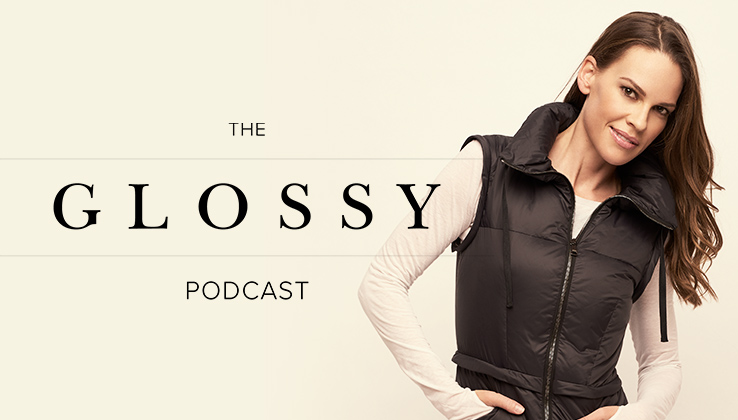For Hilary Swank, launching her line of high-performance luxury apparel was a crash course in starting and running a business. She learned every detail, down to the time you’re allowed to hold someone’s credit card number online before you have to reach out and ask for it again.
“Anytime you have hindsight, when you see something in its whole, you want another chance,” said Swank, on what most threw her for a loop when starting a business. “For instance, we launched in October, but didn’t even have the product yet — so we had demand, but a 12-week lead time. Maybe we got ahead of ourselves.”
But a little bit of naiveté is necessary when starting something new. Swank’s brand, Mission Statement, seems to be diving right into the thick of a market for elevated athletic wear at a peak point of saturation. But she’s confident that the brand’s proprietary technical fabrics, like 100 percent Italian leather that’s fused with Lycra and machine-washable cashmere, will set it apart.
Swank joined the Glossy Podcast to share more about those fabrics, where the idea for Mission Statement came from and what a typical day in the life looks like when balancing a brand and an acting career. Edited highlights, below.
Don’t call it athleisure
Mission Statement was born after Swank recognized a white space in the athleisure market for luxury clothes you could work out in, that didn’t look like workout clothes.
“There’s this whole wave of athleisure wear, with women going from their workout to their whole day, but they still look like they’re wearing workout clothes,” said Swank. “I have clothes that will take you from the tennis court to work, to dinner — [paired] with a different shoe — and no one will say, ‘Did you play tennis today?’”
Being all in
Mission Statement, Swank stressed, is not just a celebrity-endorsed brand. Since launching in October, she said there’s not a weekend she hasn’t spent working on the brand, from deciding where to place ads to reconfiguring the website to designing new items.
“A lot of people come in and are the face of a brand. They’re an endorser, but it’s not their creation,” said Swank. “This is really my brainchild, an idea I had that I couldn’t stop thinking about. I’m hands on. I’m in the minutiae. It’s been such a learning curve.”
Navigating a turbulent retail market
Swank is aware that her association to the brand will take it to a certain level, but knows that considering where to sell it and how to connect with customers is important, as she eventually wants it to stand on its own.
Like many current startup brands, Swank saw a unique opportunity in launching a direct-to-consumer brand in order to cut down the prices and keep control over the brand story.
“I have loyal followings of my personal brand, so I have a big reach,” she said. “But you have to think about where you sell your clothes and how that converts into making a company work. We’re doing direct-to-consumer because we want to be able to give price points that are reachable and talk about my brand in a way that a store can’t — until it’s my own store.”




